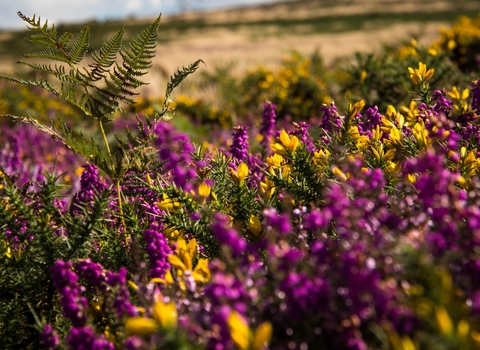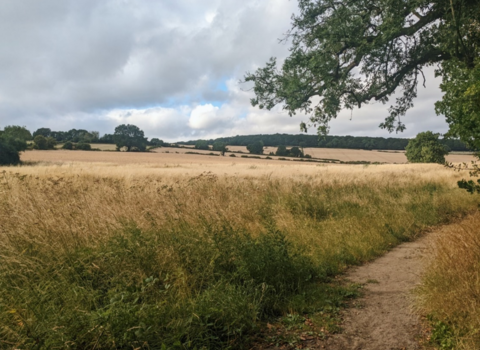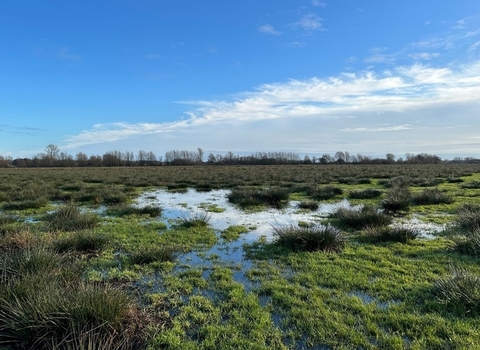What are philanthropic loans?
A philanthropic loan allows charities to move quickly to buy land, or to pay for costly initial land restoration, by providing finance on favourable terms to reduce financial risks to charities.
These favourable terms could include low or no interest, and flexible repayments. Loans can be repaid through re-financing, through traditional fundraising, through enterprise connected to the land, or through newer financing options such as nitrate, biodiversity net gain or carbon credits. In the unlikely event that loans can't be repaid, the whole or part of the land will be sold to repay the loan.
Philanthropic loans are intended to complement donations, not replace them. Donations remain vital to Wildlife Trusts and are one way to help purchase land or repay philanthropic loans.
Why are philanthropic loans important?
Our planet and society are in the grip of nature and climate emergencies. In response, the UK Government has committed to 30 by 30: 30% of land and sea managed in a way that allows nature to recover, by 2030. However, on land, we are a long way from this target, and many of our protected areas are in poor condition for wildlife.
The Wildlife Trusts and other environmental charities have stepped up their ambition for nature's recovery, to tackle these emergencies, by acquiring and restoring land. However, cashflow when land comes up for sale is often a major barrier.
In the past charities have largely relied on grants, charitable trusts and donations from the public to buy land and whilst these remain very important, they do not always allow for money to be raised quickly enough to respond to opportunistic land purchases.
That's where philanthropic loans come in. They enable environmental charities to seize land purchase and restoration opportunities when they arise.
This type of finance has been pioneered by philanthropic lender Julia Davies (We Have The Power), who is working with The Wildlife Trusts and others to scale up investment into nature's recovery.
An alternative to buying land yourself to rewild
If you are considering buying land yourself to rewild that’s great. However, instead, you may want to look at the advantages of helping a Wildlife Trust or other conservation charity to buy land as a major donor or philanthropic lender:
-Wildlife Trusts have the expertise to help nature along and carry out baseline studies and research to record how nature recovers as natural processes are allowed to take the lead.
-The Wildlife Trust (and not you) will be responsible for insuring the land and managing any public liability and anti-social behaviour issues.
-If you want to be involved in ongoing plans for the land, you can do so as a volunteer or by taking part in a steering group or similar. You then have the flexibility to devote as much or as little time going forward as you wish – giving you the ability to support multiple projects.
-The Wildlife Trust can access further funds to develop and manage the site, plus volunteers to help manage the land e.g. clearing invasive non-native scrub. Pulling up rhododendrons can soon become a never-ending chore!
-The land will be protected for nature and people beyond your lifetime.
I hope that by telling my story I might inspire a few more people to do similar and help secure more land in the care of our Wildlife Trusts for the benefit of nature and people.We Have the Power
What could we achieve?
The Wildlife Trusts have many exciting opportunities to acquire land and there is huge potential to scale up nature's recovery across the UK. We would like to develop a circle of philanthropic lenders to unleash this potential.
If you are interested in finding out more about how you could get involved, please do contact us.
Case studies
Our first pioneering projects are taking place in Powys in east Wales, Dorset in south west England and Slievenacloy in Northern Ireland, and there are new opportunities coming up all the time across the United Kingdom.



